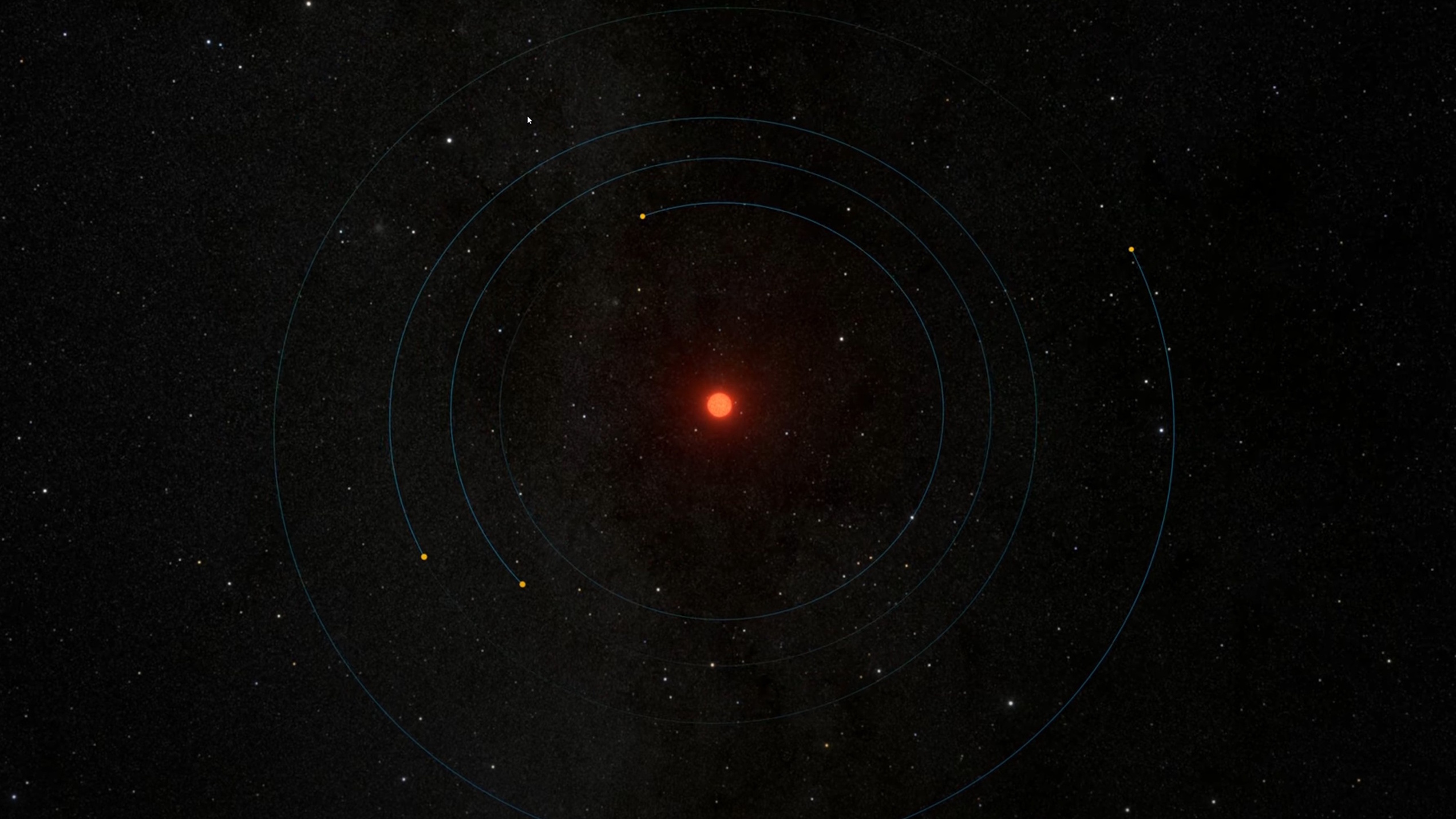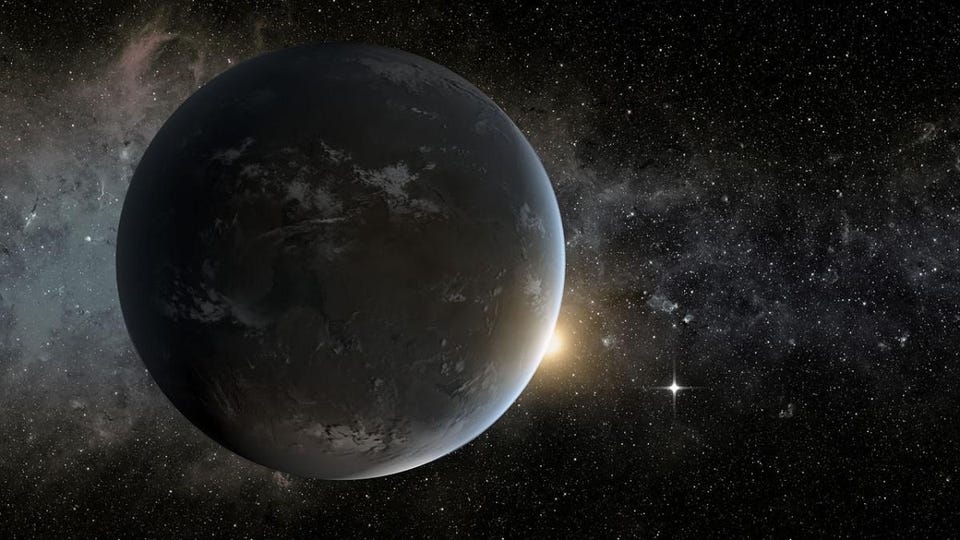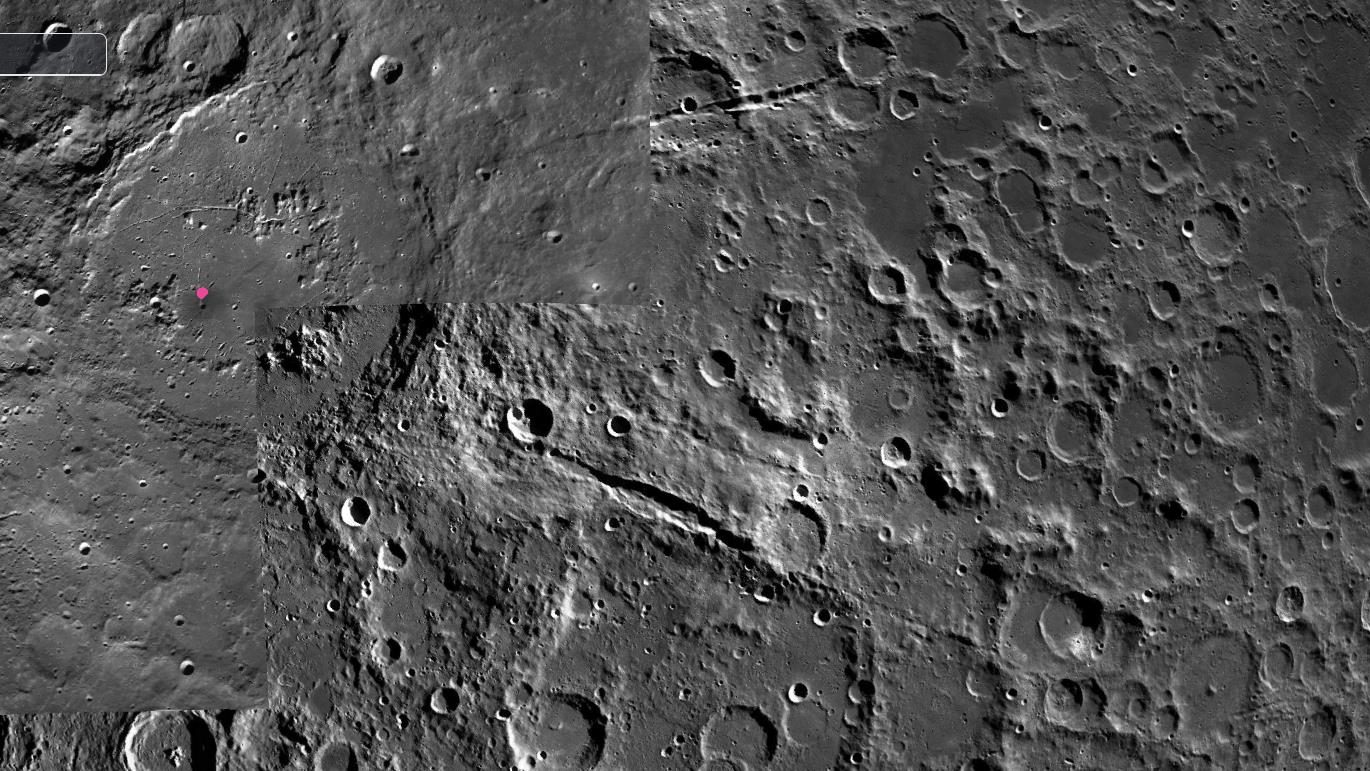Why Life May Be Common Throughout the Galaxy

What’s the Latest Development?
NASA’s Kepler mission has discovered thousands of planets outside our solar system which, being larger than Earth but not so large as gas giants, could harbor life. Due to their size, astronomers refer to these planets as super-Earths. Now, the Harvard astronomer Dimitar Sasselov, who coined the term super-Earth, says these planets may be better at harboring life than Earth itself: “Their larger size make its easier for them to retain their atmospheres, and they are more likely to have active plate tectonics, supporting a CO2 cycle that regulates the temperature of the planet’s atmosphere.”
What’s the Big Idea?
Given vastly different chemical compositions, life on other planets may look very different from the life we know on Earth. Sasselov says that the emerging field of synthetic biology will help us understand what different forms of life are possible on other worlds. Not only is Sasselov confident that life exists elsewhere, given the nearly 100 million Earth-sized planets he estimates to be in our galaxy, “he believes our growing knowledge of super-Earths and other exoplanets will help us find ‘friendly harbors’ beyond Earth that one day will allow us to spread life beyond our world.”
Photo credit: shutterstock.com





